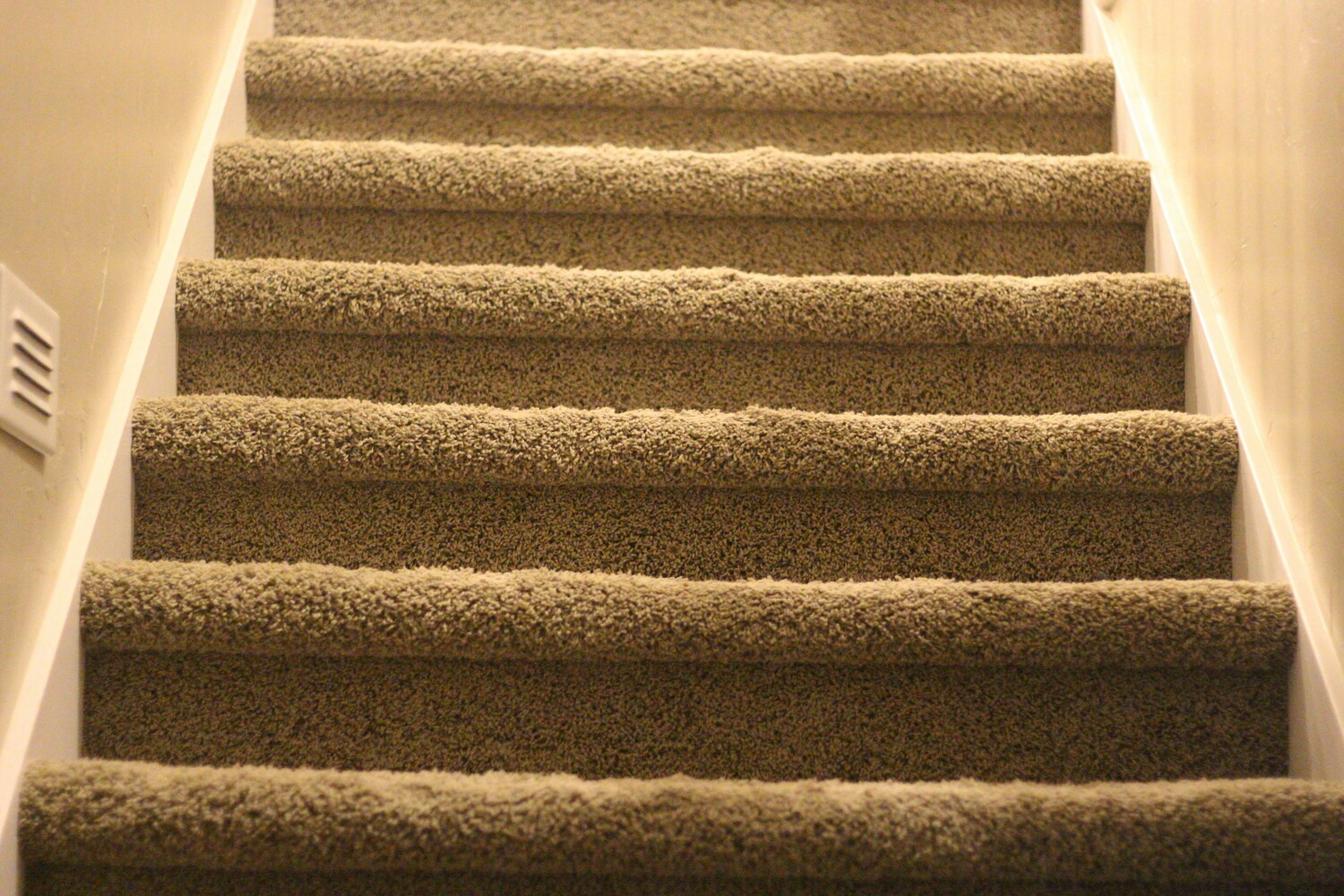- Home
- Articles
- Architectural Portfolio
- Architectral Presentation
- Inspirational Stories
- Architecture News
- Visualization
- BIM Industry
- Facade Design
- Parametric Design
- Career
- Landscape Architecture
- Construction
- Artificial Intelligence
- Sketching
- Design Softwares
- Diagrams
- Writing
- Architectural Tips
- Sustainability
- Courses
- Concept
- Technology
- History & Heritage
- Future of Architecture
- Guides & How-To
- Art & Culture
- Projects
- Interior Design
- Competitions
- Jobs
- Store
- Tools
- More
- Home
- Articles
- Architectural Portfolio
- Architectral Presentation
- Inspirational Stories
- Architecture News
- Visualization
- BIM Industry
- Facade Design
- Parametric Design
- Career
- Landscape Architecture
- Construction
- Artificial Intelligence
- Sketching
- Design Softwares
- Diagrams
- Writing
- Architectural Tips
- Sustainability
- Courses
- Concept
- Technology
- History & Heritage
- Future of Architecture
- Guides & How-To
- Art & Culture
- Projects
- Interior Design
- Competitions
- Jobs
- Store
- Tools
- More
The Most Important HVAC Features Every Home Needs for Maximum Impact

A reliable HVAC system is important for maintaining indoor comfort, improving air quality, and enhancing energy efficiency. Homeowners today seek features that provide superior performance while reducing energy costs. Outdated systems often cause uneven temperatures, poor air circulation, and high utility bills.
With modern advancements, HVAC systems now offer smart controls, improved filtration, and better efficiency. Choosing the right features ensures long-term savings and a healthier living space. This guide explores the most important HVAC components that can significantly improve home comfort, air quality, and energy efficiency.

Table of Contents
ToggleEnergy-Efficient Heating and Cooling
One of the most important aspects of an effective HVAC system is energy efficiency. As local HVAC experts explain, modern HVAC systems are designed with high-efficiency ratings to help reduce energy consumption while maintaining a comfortable indoor environment. Features like variable-speed compressors, multi-stage heating and cooling, and ENERGY STAR®-certified systems ensure that homeowners can save on utility bills while minimizing their carbon footprint.
A high-efficiency HVAC system uses advanced technology to adjust heating and cooling output based on the home’s needs. For example, a variable-speed compressor runs at different speeds rather than switching on and off completely, reducing energy waste. High-efficiency furnaces can reach Annual Fuel Utilization Efficiency (AFUE) ratings of 90% or higher, meaning they convert most of the fuel they use into heat.
Smart Thermostats for Precision Control
Smart thermostats have become a game-changer in home climate control, allowing homeowners to optimize temperature settings with ease. These advanced devices learn user preferences, adjust automatically based on occupancy, and can be controlled remotely through smartphone apps. Some models even integrate with voice assistants and home automation systems, enhancing convenience.
A smart thermostat helps reduce energy waste by adjusting the temperature when no one is home. Many models provide energy reports, allowing homeowners to track usage patterns and find ways to save money. Some smart thermostats also have geofencing capabilities, detecting when occupants leave or return home and adjusting the temperature accordingly.
Advanced Air Filtration and Purification
Indoor air quality is a major concern for homeowners, and modern HVAC systems come equipped with advanced filtration and purification features. High-efficiency particulate air (HEPA) filters, UV light purifiers, and electrostatic filters help remove allergens, bacteria, and airborne pollutants from the air. These features are particularly beneficial for individuals with allergies or respiratory conditions, ensuring a cleaner and healthier indoor environment.
Standard HVAC filters only capture larger particles like dust and debris, but advanced air purification systems can remove microscopic pollutants, including mold spores, pet dander, and smoke particles. Whole-home air purifiers work alongside HVAC systems to continuously clean the air, improving overall health and well-being.
Zoned HVAC Systems for Customized Comfort
A zoned HVAC system allows homeowners to divide their living spaces into separate temperature zones, providing greater flexibility and comfort. Instead of heating or cooling the entire home uniformly, zoned systems use dampers and separate thermostats to control temperatures in different areas. This feature is especially useful in larger homes, multi-story residences, or homes with varying sun exposure.
For example, bedrooms may require cooler temperatures for better sleep, while the living room may need to be warmer during the day. Zoned HVAC systems give homeowners the ability to personalize temperature settings without wasting energy in unused rooms.
Humidity Control for Optimal Air Quality
Maintaining the right humidity level is crucial for home comfort and air quality. An HVAC system with built-in humidity control helps regulate moisture levels, preventing excessive dryness in winter and reducing humidity in summer. High humidity can lead to mold growth, while low humidity can cause respiratory discomfort and damage to wooden furniture.
Whole-home dehumidifiers and humidifiers work in conjunction with HVAC systems to maintain an ideal balance, creating a more comfortable and healthier indoor environment year-round. A properly humidified home can also improve sleep quality, reduce static electricity, and prevent dry skin and irritation.
Quiet Operation for a Peaceful Home
Noise levels can be a concern when it comes to HVAC systems, especially in bedrooms and living spaces. Older systems or poorly maintained units can be loud and disruptive, making it difficult to sleep or concentrate. Newer HVAC models prioritize quiet operation by incorporating advanced sound-dampening technology, variable-speed fans, and insulated compressor compartments.
A quiet HVAC system ensures that the home remains peaceful and free from unnecessary noise disturbances. Some systems feature noise-reduction technology, such as insulated ductwork and specially designed fan blades that minimize vibrations.

A high-quality HVAC system is more than just heating and cooling—it plays a vital role in enhancing comfort, improving air quality, and reducing energy costs. Features like energy efficiency, smart thermostats, advanced filtration, zoned heating and cooling, humidity control, quiet operation, and smart ventilation make a significant impact on a home’s overall functionality.
By investing in these key HVAC features, homeowners can ensure a comfortable, healthy, and cost-effective indoor environment. Whether upgrading an existing system or installing a new one, prioritizing these important HVAC features will lead to long-term benefits and improved home living. A modern HVAC system is an investment that pays off in both comfort and savings, making it the key component of any home.
illustrarch is your daily dose of architecture. Leading community designed for all lovers of illustration and #drawing.
Submit your architectural projects
Follow these steps for submission your project. Submission FormLatest Posts
Tips for Using Runners to Transform Hallways and Spaces
Hallways work hard. They handle daily foot traffic, muddy shoes, and the...
Essential Architecture Tools in 2026: Software, AI, and Physical Equipment
Architecture in 2026 demands more than design talent alone. From BIM and...
Light of Tomorrow by VELUX 2026
This competition encourages architects to design visionary spaces where natural light drives...
Top 10 Online Platforms to Find Apartments for Rent in San Antonio
San Antonio, Texas, with its vibrant culture, historical landmarks, and strong job...












Leave a comment